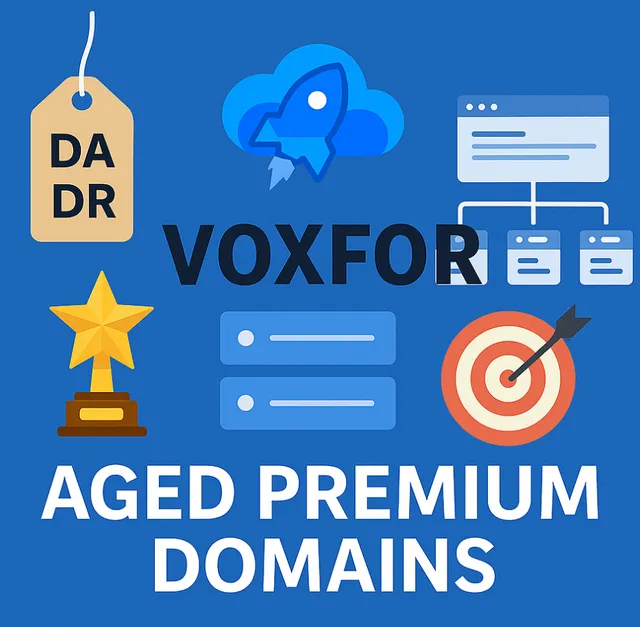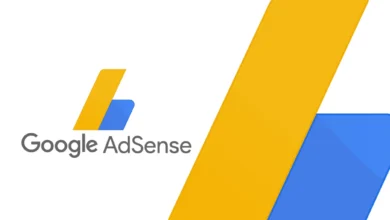
The ending .com in addresses like www.xyz.com represents a Top-Level Domain.
The part after the last dot, at the end of the web address, is known in the internet world as a Top-Level Domain (TLD). It functions as an essential element that affects both website classification and website identification on the internet.
This blog walks you through the top-level domains, including their significance, and reviews the seven top TLDs responsible for forming the modern Internet.
What is a Top-Level Domain (TLD)
Top-Level Domains (TLDs) function as the final segment of domain names, which appear following the last period. For example:
- The top-level domain of the domain name www.google.com is .com.
- At www.harvard.edu, the operating suffix is .edu.
It provides human-friendly website access when users do not need to remember complex IP addresses.
List of Top Level Domains
The present registry maintains hundreds of TLDs, including standard choices such as .uk for Britain and .tech and .store. Below, we will talk about the seven original generic top-level domains that launched in 1985.
1. .com — Commercial
The .com domain originally served “commercial” purposes because the Internet Network Information Centre established it for commercial entities. The domain extension became recognised as the most common and widespread TLD on the Internet.
Who uses it?
The .com domain functions without registration limits and therefore attracts most website creators. The reliable and trustworthy domain providers like Websouls offer .com domains at affordable prices that help businesses grow.
2. .org — Organization
According to its definition, the .org domain indicates “organization” since it was created specifically for nonprofit organizations. Together with charities, educational platforms, and NGOs, .org domains remain popular but exist now for all parties who wish to do so.
Who uses it?
- Nonprofits
- Open-source projects
- Community groups
- Educational and advocacy organizations
Why choose .org?
This domain extension creates an impression of dependable community-centered services, thus proving appropriate for organizations that avoid profit pursuits.
3. .net — Network
The .net domain abbreviation stands for “network” because it was designed primarily for organizations that conduct networking technologies, including internet service providers and infrastructure providers.
Who uses it?
- Tech companies
- Web hosting providers
- IT and network services
Is .net still relevant?
Yes! Numerous digital startups and internet service operators select .net domains instead of .com when they find .com domains unobtainable.
4. .edu — Education
Any educational institution, regardless of its type, that operates in the United States must register its official website under the .edu domain.
The permission to register .edu domains belongs to accredited U.S. post-secondary institutions.
U.S. post-secondary institutions that want to register for .edu must have accreditation from an approved organization. Users can only acquire this domain if they satisfy specified eligibility conditions that constitute restrictions upon domain ownership.
Why is .edu trusted?
Website visitors can trust educational sources because the .edu domain remains restricted to authorized educational institutions.
5. .gov — Government
A. .gov TLD exists only for official U.S. government entities. Why is it important?
A verified domain address like .gov provides authority and credibility similar to that of the restricted domain .edu. The domain indicator supports users in recognizing official government sources accessible through the internet.
6. .mil — Military
The .mil domain functions as a military restriction that exists exclusively to serve the United States Department of Defense and its basic units.
Who uses it?
- U.S. Army
- Navy
- Air Force
- Marine Corps
- Other military organizations
Why is it restricted?
The .mil TLD faces extreme restrictions because it represents vital military functions for national security and defense.
7. Country Code TLDs (ccTLDs)
Among the top level domains, it includes country code top-level domains (ccTLDs), which represent particular national and local domains. There are two characters in each Country code TLD that represent the country.
What are ccTLDs?
The purpose of Country Code TLDs lies in their capacity to confirm that a website links to a particular nation, territorial area, or regional sector. For example:
- .uk – United Kingdom
- .ca – Canada
- .au – Australia
- .de – Germany
- .pk – Pakistan
Why choose a ccTLD?
The trust levels of internet users become higher when they encounter websites operating under their local domain. So, get your pk domain or any other ccTLDs from a best domain provider at an affordable price and discover higher local search ranking positions within your target market.
Final Thoughts
So, the list of top-level domains allows you to make knowledgeable decisions about selecting a website domain. However, understanding TLDs lets you view the digital world more clearly, whether you maintain a business site, run a nonprofit organization, or study how the web operates.
Quick Recap
| TLD | Stands For | Intended Use |
| .Com | Commercial | Businesses And Commercial Websites |
| .Org | Organization | Nonprofits And Community Projects |
| .Net | Network | Internet And Tech-Related Services |
| .Edu | Education | Authentic Education Institutes |
| .Gov | Government | U.S Govt Organization |
| .Mil | Military | U.S Military Organization |
| .Pk | Country Code | Represents National/Local Domain |













